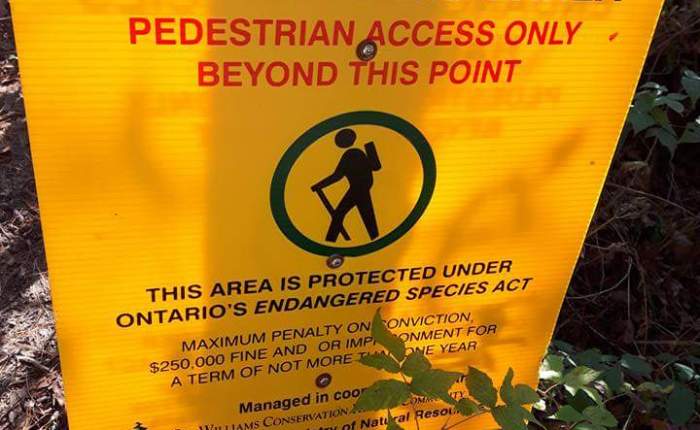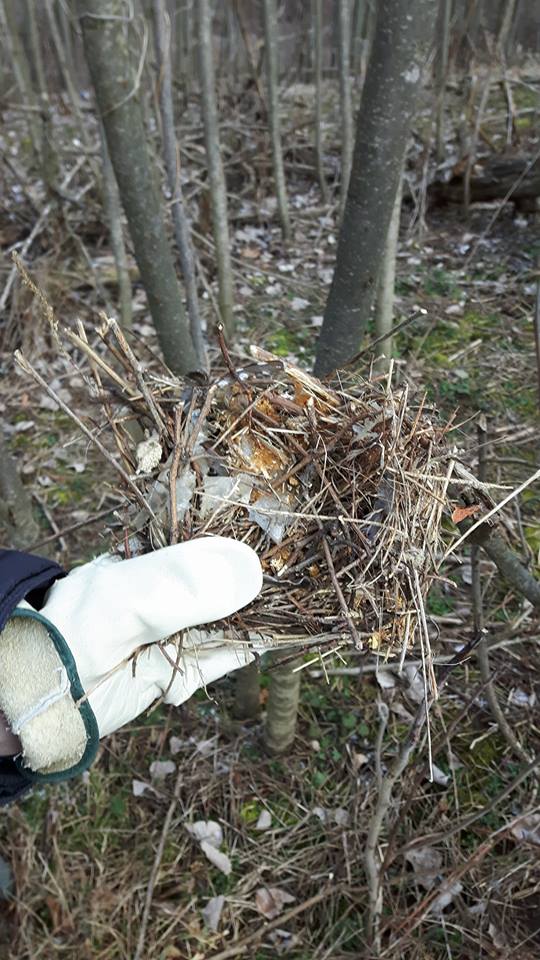Nestled deep in the heart of Southern Ontario, the St. Williams Conservation Reserve is 1085 hectares of reclaimed Carolinian forest. In the early 1900’s the settlers had cut down the original forest for timber and the light sandy soil had begun to erode without the tree roots and forest floor holding it in place. The area was quickly becoming a desert when pioneering conservationists began replanting trees to bring back the forest. This is how the St. Williams Forestry Station came into existence.
In 2007 the St Williams Conservation Reserve was established under the Provincial Parks and Conservation Reserves act to protect the extraordinary biodiversity and unique cultural and natural heritage of the site. A not-for-profit Community Council oversees the day to day management of the Reserve and works in partnership with the MNRF to protect and restore the lands contained in the Reserve, while also encouraging the public to enjoy compatible recreational and cultural opportunities within the Reserve.
I joined the St Williams Conservation Reserve Community Council this winter and have enjoyed working with a team of people dedicated to forest restoration and conservation. The Reserve is home to many different types of birds, animals, reptiles, and insects, many of which are Species at Risk in Ontario. The Council works closely with MNRF staff to ensure that these species are protected.



The SWCR provides a refuge for species at risk and also provides a location perfect for researchers, scientists, citizen scientists, and the public who are interested in studying the flora and fauna that call this southernmost part of the Carolinian zone home.















